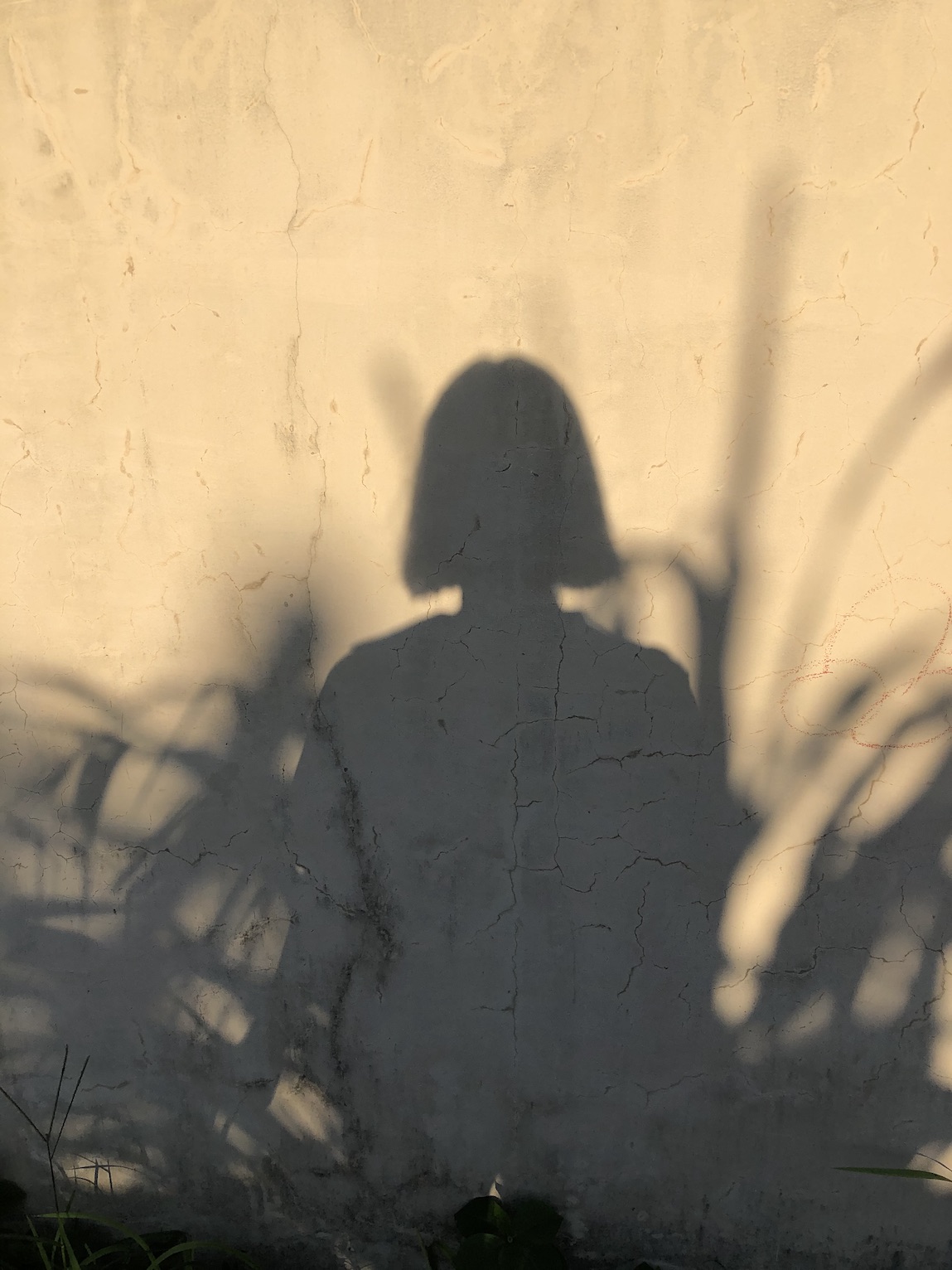In the Irish town of Kildare, there’s a flame that doesn’t die. Or at least, that’s the idea behind it. This isn’t just some poetic metaphor for hope or strength. It’s an actual, physical fire that once burned nonstop for centuries. And even though it was extinguished long ago, it was reignited, and today it still glows as a quiet but powerful symbol.
This is the Eternal Flame of Brigid, and if you’ve never heard of it before, get ready. Because it’s not just a cute story about an old tradition, it’s a deep piece of spiritual history, especially if you’re someone who feels pulled toward sacred feminine energy, ancient rites, or practices that blur the lines between the spiritual and the everyday.
Let’s break down what this flame is, where it comes from, who kept it burning, why it was extinguished, and most importantly: why it still matters now.
Who Was Brigid and Why Is She So Tied to the Flame?
Brigid is one of those figures you hear about and immediately think, “Wait, she was a goddess and a saint?” In ancient Ireland, Brigid was worshipped as a goddess long before Christianity showed up.
Then, as the old ways gave way to the new, she became Saint Brigid, a nun, a healer, and eventually one of Ireland’s patron saints. Same name, same vibe, and depending on who you ask, possibly the same person just wearing different robes.
Brigid the Goddess: Fire, Fertility, and Fierce Wisdom
In her older, pagan form, Brigid was the goddess of so many things it’s hard to keep count. Fertility, healing, poetry, smithcraft, and, most relevant here, fire. Not just literal fire, but the kind that fuels creativity, insight, and transformation. She was a guardian of the hearth and a bringer of light, and people honored her as a life-giver and protector.
Her sacred fire symbolized warmth, vitality, and divine inspiration. So it’s no surprise that keeping a flame burning in her honor wasn’t just for show, it was a spiritual practice. You weren’t just lighting a fire; you were keeping a connection alive.
Saint Brigid
Fast forward a few centuries, and we get Saint Brigid of Kildare. She was said to have founded a monastery in the 5th century where both monks and nuns lived, a rare thing back then. She was known for her generosity, miracles, and deep connection to the land and its people.
But here’s the twist: many of the stories about Saint Brigid sound a lot like the myths about the goddess. Some believe early Christians borrowed Brigid’s story and gave her a new, more church-friendly image. Whether you see her as goddess-turned-saint or two distinct figures, the fire stays central.
Brigid’s legacy kept a sacred thread running through Ireland’s spiritual life, even as beliefs shifted. And it’s this connection: between goddess and saint, between fire and faith. That laid the groundwork for the eternal flame at Kildare.
The Flamekeepers of Kildare: Who They Were and What They Did
So now that we’ve got a grip on who Brigid was, let’s talk about the people who kept her fire going. Because this wasn’t some rustic campfire anyone could throw a log on. This was sacred, constant, and cared for by a specific group of women who took their role seriously.
A Circle of Women with a Sacred Task
In Kildare, Brigid’s flame was tended by a group of women, originally pagan priestesses and later Christian nuns. These women weren’t just keeping a flame alive; they were holding space for something deeply spiritual. They acted as Brigid’s hands on earth, maintaining a direct connection between the physical world and the divine.
At the center of this was the Brigidine Order, a group of nuns who lived in Kildare and carried on the flamekeeping tradition. Their convent was built on the same site that had long been sacred to Brigid, making the continuity from goddess worship to Christian devotion surprisingly seamless.
These women lived a life of devotion, ritual, and service. Tending the flame was both symbolic and practical. It was an act of constant awareness, spiritual discipline, and deep reverence.
The 20-Day Cycle
One of the most intriguing things about the flamekeepers was the way they organized their work. The fire was tended in a 20-day cycle. Nineteen women each took one day to care for the flame. On the 20th day, no one was assigned. That day was for Brigid herself.
Let that sink in: they fully believed the goddess, or saint, would keep her own flame alive for a day. That kind of trust speaks volumes about the spiritual power they saw in her presence. It wasn’t just symbolism. They genuinely believed the divine was still actively participating in the world.
It’s rare to find that level of faith baked into a physical routine. But that’s what makes this practice so powerful. It wasn’t just spiritual talk; it was daily action, carried out with care and meaning.
Why This Work Mattered Beyond the Flame
The flamekeeping wasn’t just about honoring Brigid. It was about anchoring a whole community in a sense of the sacred. This fire was a source of inspiration, hope, and continuity, especially for women, who were at the center of its care.
It also gave spiritual leadership roles to women in a time when that was far from the norm. Flamekeeping was a form of sacred labor, rich with meaning and responsibility. It wasn’t flashy, but it was deeply rooted in power: quiet, enduring, and essential.
The Fire Goes Out
It would be nice if this flame just burned forever without interruption, but history’s rarely that kind. Like so many ancient practices, especially ones led by women, the sacred fire at Kildare eventually ran into trouble.
The Church’s Growing Discomfort
As Christianity tightened its hold in Ireland, the Church started getting uneasy with anything that looked remotely like old paganism. Even though the flame was wrapped up in Saint Brigid’s story, it was still a living symbol with roots that stretched far before Christianity arrived.
By the time the 16th century rolled around, things got tense. The Reformation was underway, and King Henry VIII had officially declared himself head of the Church of England, breaking from Rome. In the chaos that followed, monasteries across Ireland were dissolved, including the one at Kildare.
The eternal flame, tended for centuries, was ordered to be extinguished. Just like that, it went out.
The Silence That Followed
This wasn’t just the end of a tradition. It was a huge spiritual loss. That fire was more than a ritual. It was a living connection to the past, to the sacred feminine, to a practice that had lasted through multiple cultural transformations.
And once it was gone, it stayed gone… for over 400 years.
During that time, the story of Brigid didn’t disappear completely, but her flame faded from public life. What had once been a vibrant, living tradition was reduced to legend. And for a long time, that’s all it was—just a story.
Reigniting the Flame
Even after centuries of silence, some things don’t stay buried. In the late 20th century, Brigid’s flame found its way back into the world, this time with a new kind of purpose and energy.
A Flame Reborn in 1993
In 1993, the Brigidine Sisters (yes, descendants of the same order that once kept the flame alive) re-lit the fire in Kildare. It was a quiet but powerful act of spiritual restoration.
This wasn’t just a one-time ritual. It marked the return of an old sacred tradition in a modern context. The flame now burns in the heart of Solas Bhríde, a center for spirituality in Kildare focused on Brigid’s legacy and contemporary peace work.
The revival wasn’t about nostalgia. It was about reclaiming something meaningful and making it relevant again. That flame stands not just for Brigid, but for justice, compassion, healing, and the enduring power of intention.
A Tradition With Modern Energy
Since the flame was rekindled, it’s become more than just a local symbol. Brigid’s flame is now honored at public ceremonies, especially on February 1st, Imbolc and Brigid’s Day. And as of 2023, Brigid’s Day is officially a public holiday in Ireland. That’s a huge nod to her continued importance in Irish culture.
The modern Brigidine Sisters don’t just tend the flame out of religious duty. They see it as part of a broader movement, one that connects environmental consciousness, gender equality, and spiritual renewal. In a world that often feels chaotic and disconnected, the flame offers something grounding.
It’s a symbol you can actually visit. You can stand near it, watch it flicker, and feel part of something ancient and ongoing at the same time. And you don’t have to be religious or Irish to get it, just someone who feels the pull of sacred fire.
Why the Flame Still Matters Today (and Not Just in Ireland)
It’s easy to look at something like this and think, “Cool story, but what does it have to do with me?” The truth is, Brigid’s flame speaks to something way bigger than one country or belief system. It’s not about history, it’s about energy, presence, and continuity.
A Living Symbol of Sacred Feminine Energy
Even now, Brigid’s flame stands for more than just spiritual tradition. It’s a reminder that sacredness doesn’t have to be distant or abstract. It can live in a flame, in a gesture, in a daily act of care.
For many, Brigid represents the divine feminine: creative, wise, nurturing, and fiercely protective. Her flame keeps that energy alive, in a way you can literally see and feel. Whether you’re lighting a candle with intention, meditating near fire, or just taking a moment to breathe, you’re participating in a tradition that values warmth, light, and presence.
And in a culture that often forgets how powerful quiet consistency can be, that’s a big deal.
A Global Thread of Connection
Brigid’s flame might be based in Ireland, but it’s honored far beyond Kildare. People around the world keep their own versions of the flame, on altars, in homes, at seasonal rituals. Some people light a candle every Imbolc to connect with Brigid’s energy. Others meditate with fire as a way to center themselves.
You don’t need a title or a set of rules to tap into this. Brigid’s energy is wide open. And the flame is a reminder that spiritual practices don’t have to be grand or loud to matter. Sometimes the most powerful work is the most consistent, the most quiet, the most enduring.
Brigid’s eternal flame is still burning, not just in a physical sense, but as a symbol for anyone who values sacred attention, spiritual focus, and the power of feminine energy.
The eternal flame at Kildare isn’t just about history or ritual. It’s about continuity, about keeping something sacred alive even when the world changes around it. Whether you see Brigid as a goddess, a saint, or a guiding energy, her flame still has something to offer.
It’s a quiet, steady kind of power. Not flashy. Not loud. But it endures.
And in a time where so much feels rushed, temporary, and surface-level, there’s something incredibly grounding about a tradition that asks you to pause, tend, and honor the sacred, again and again. Just like the women did, centuries ago. Just like the flame still does, today.
















